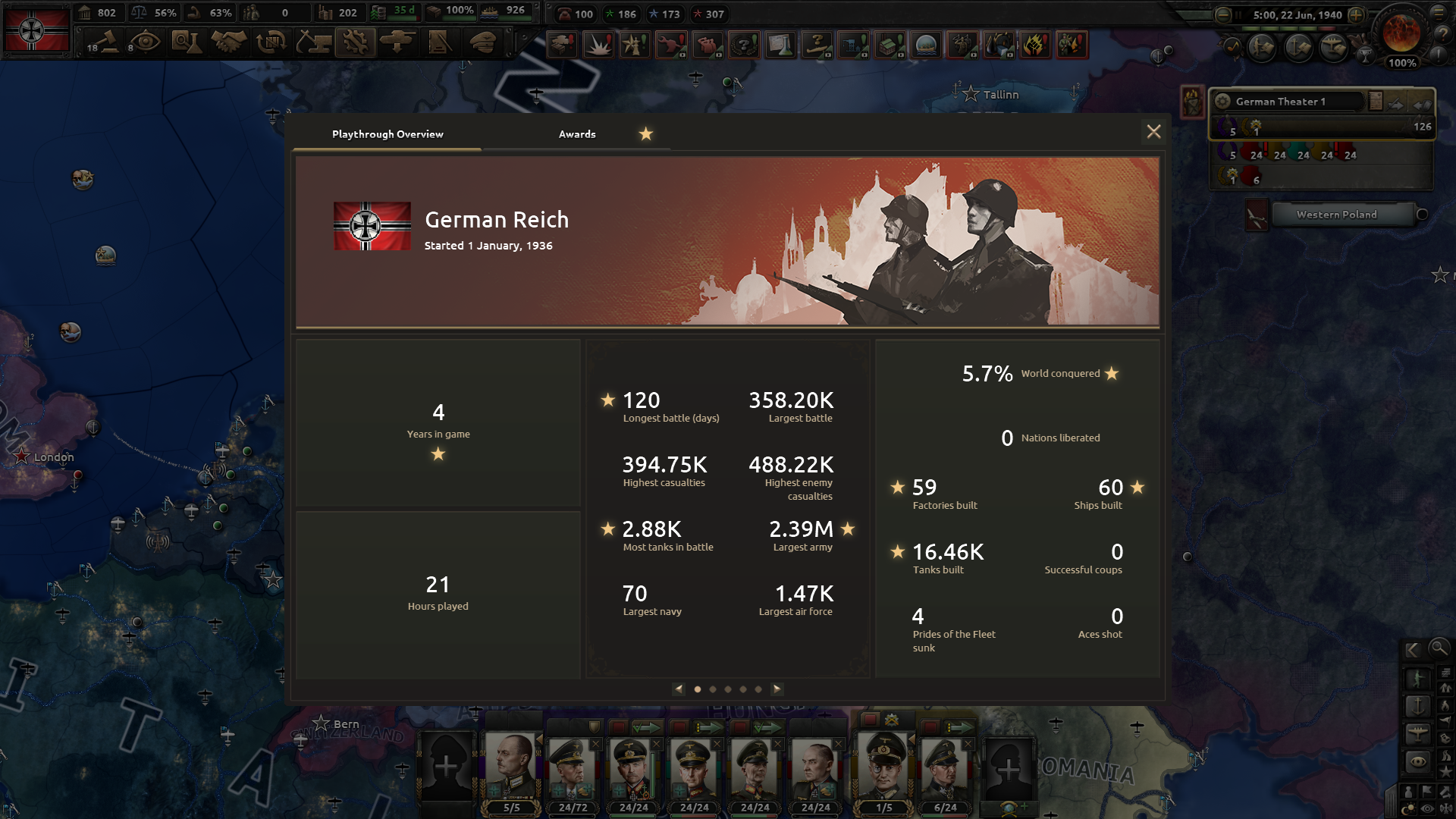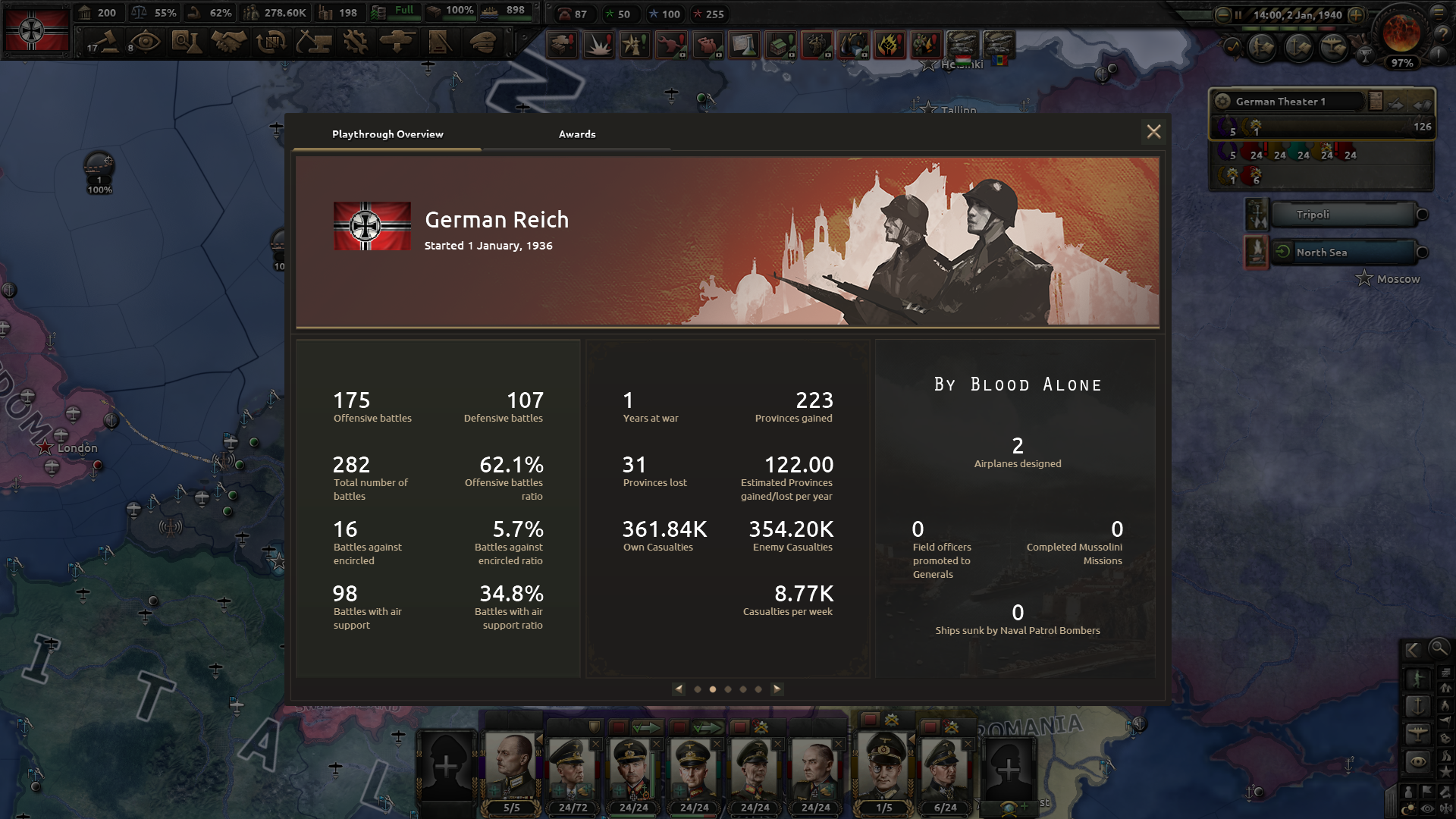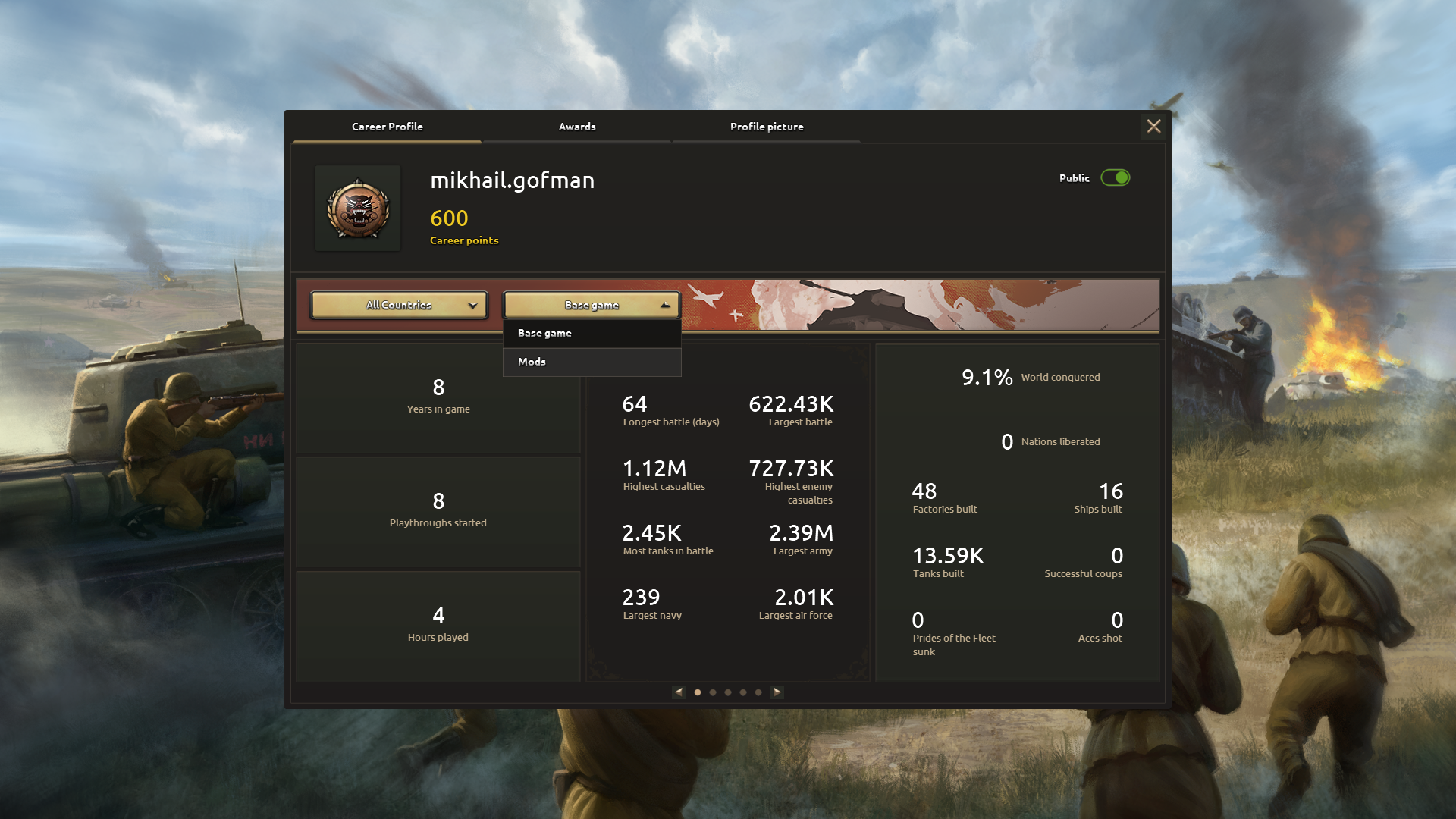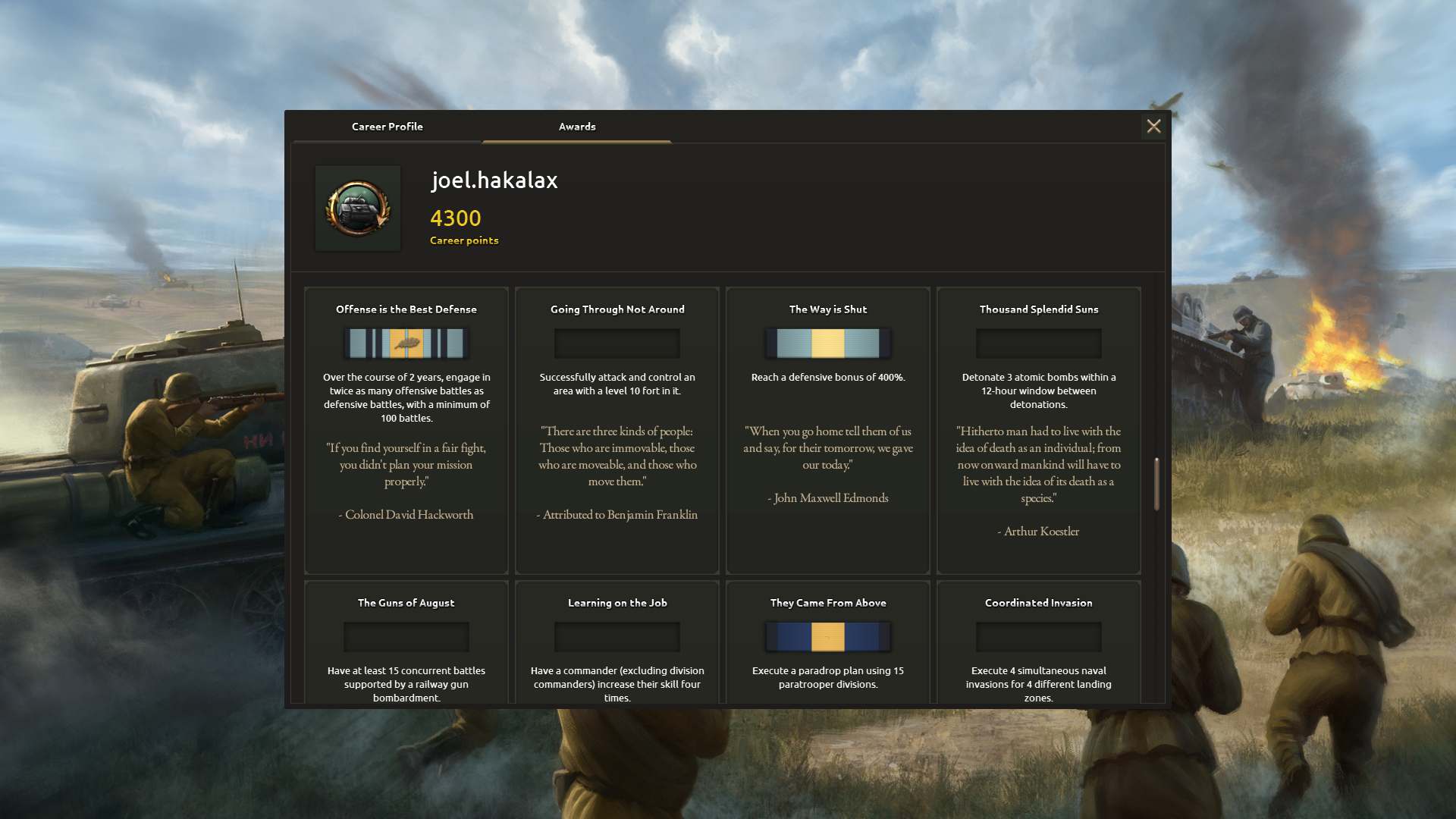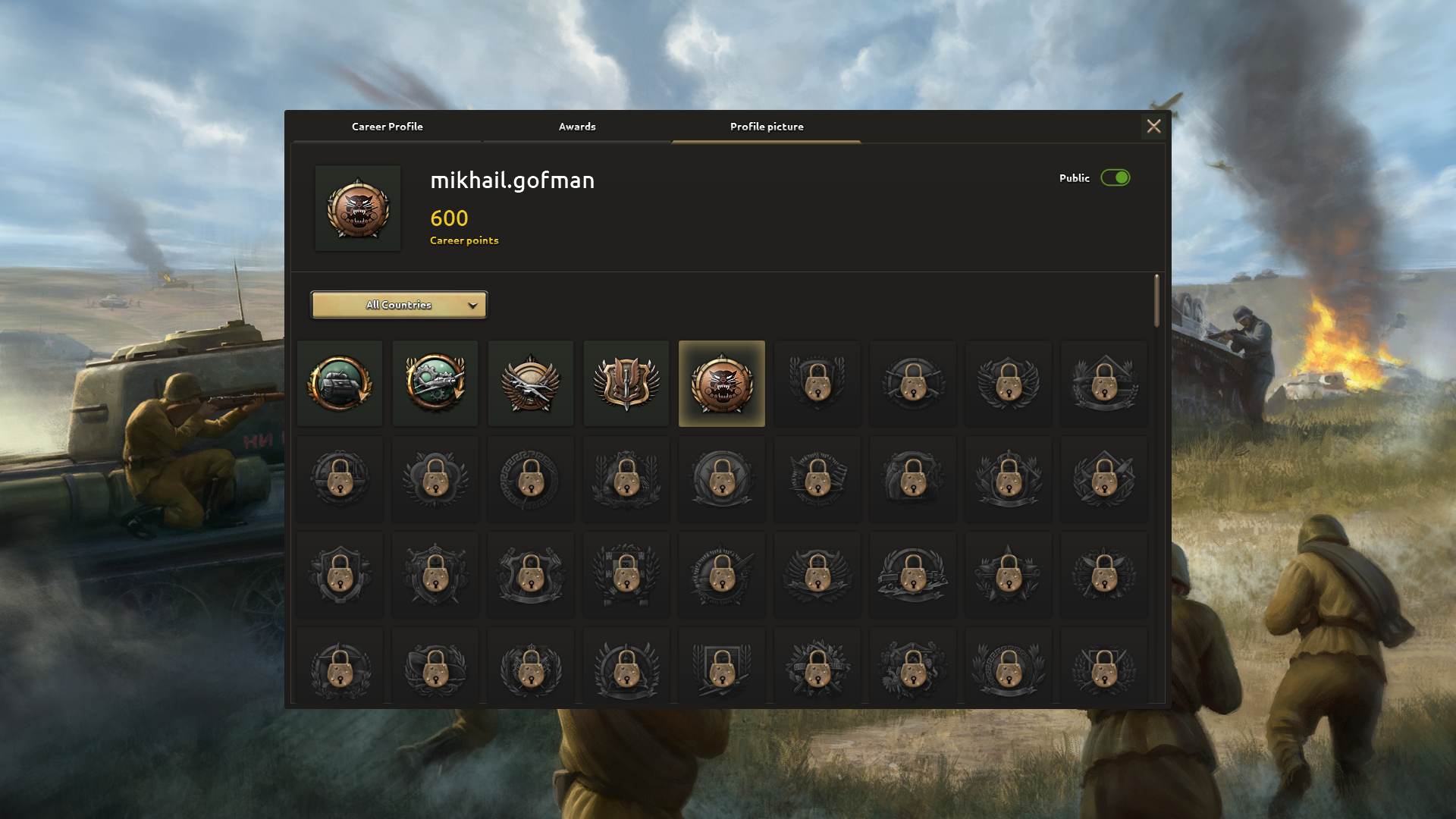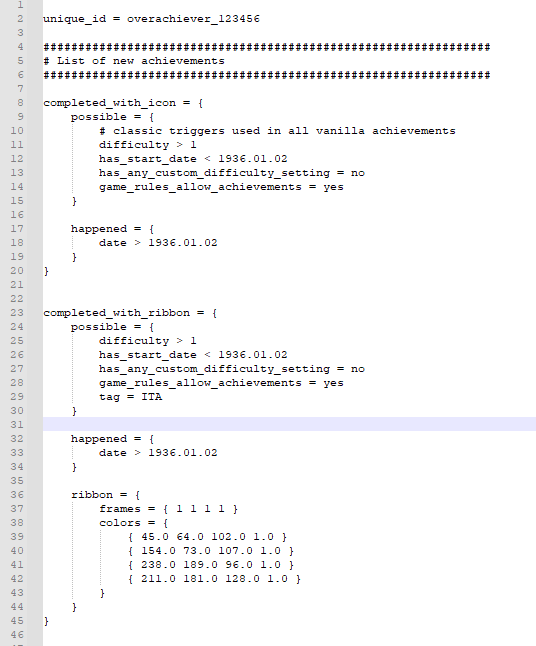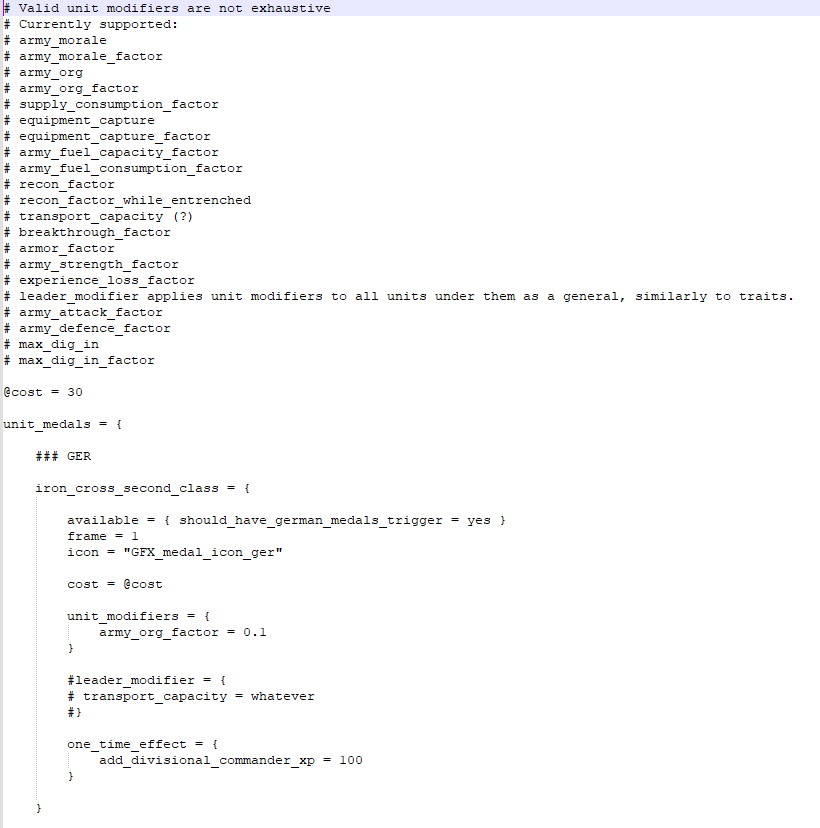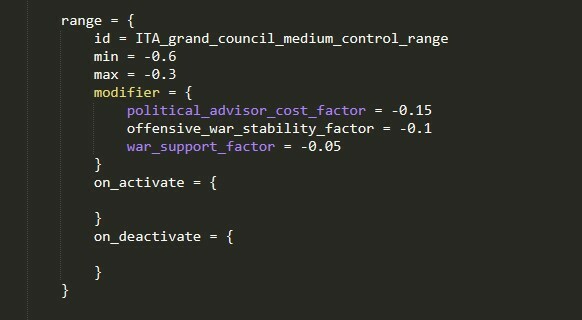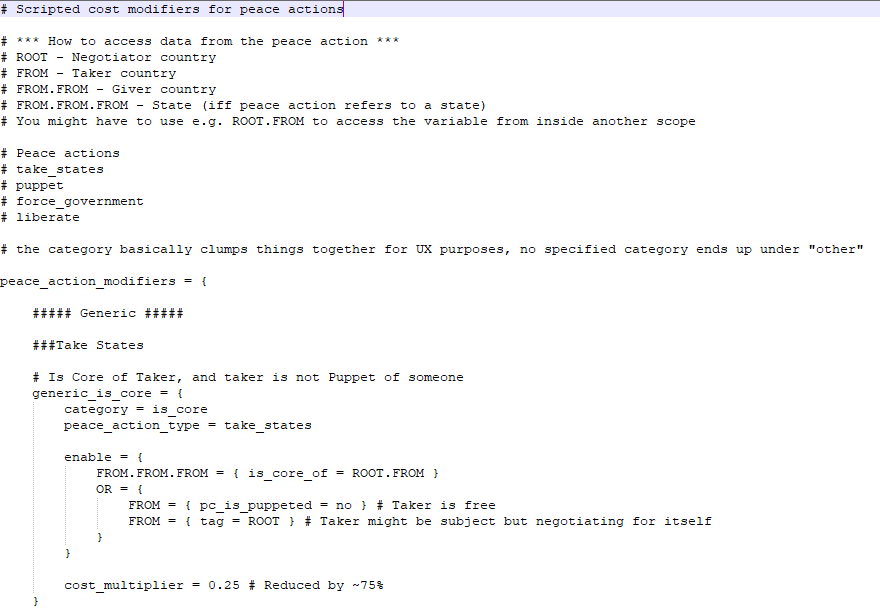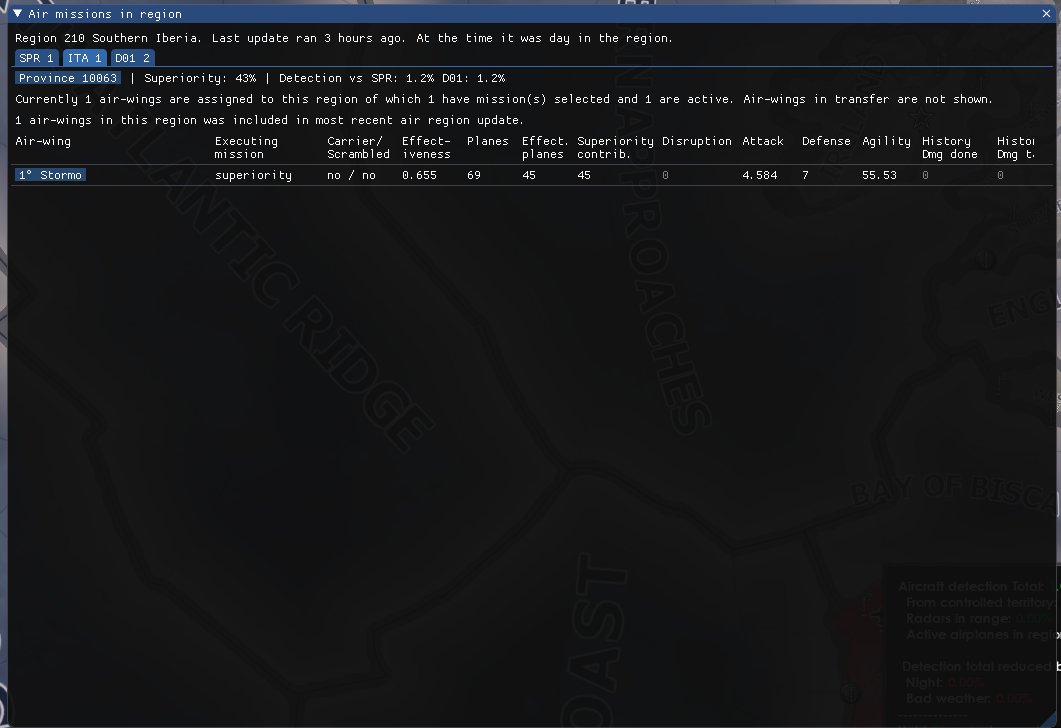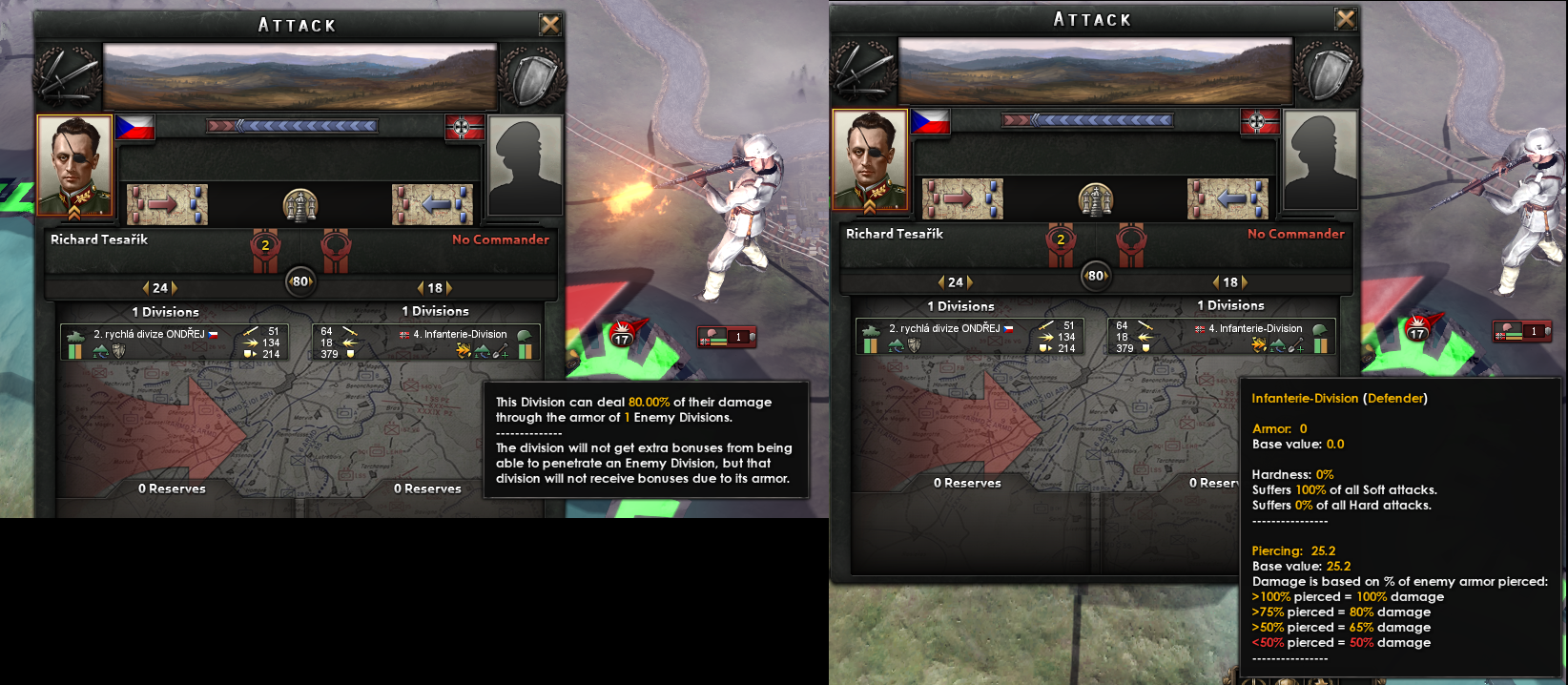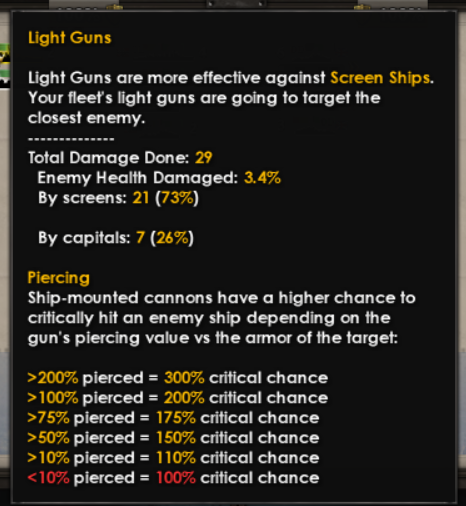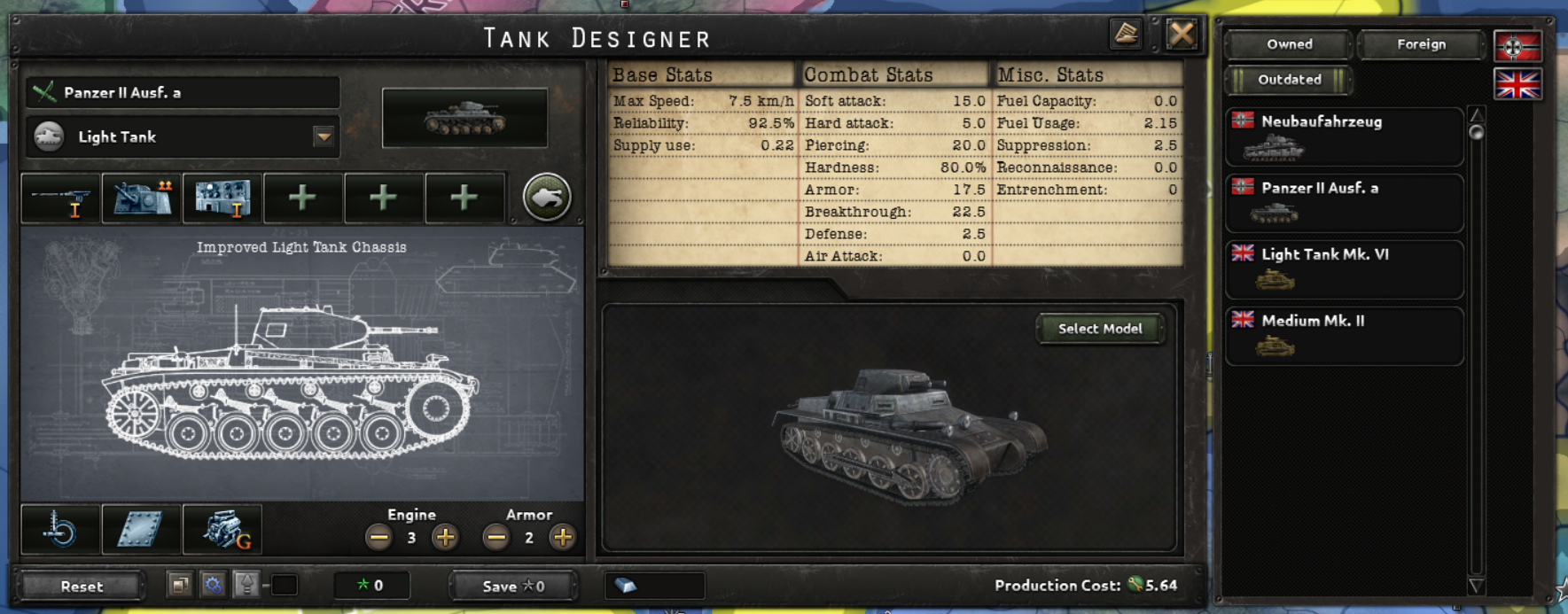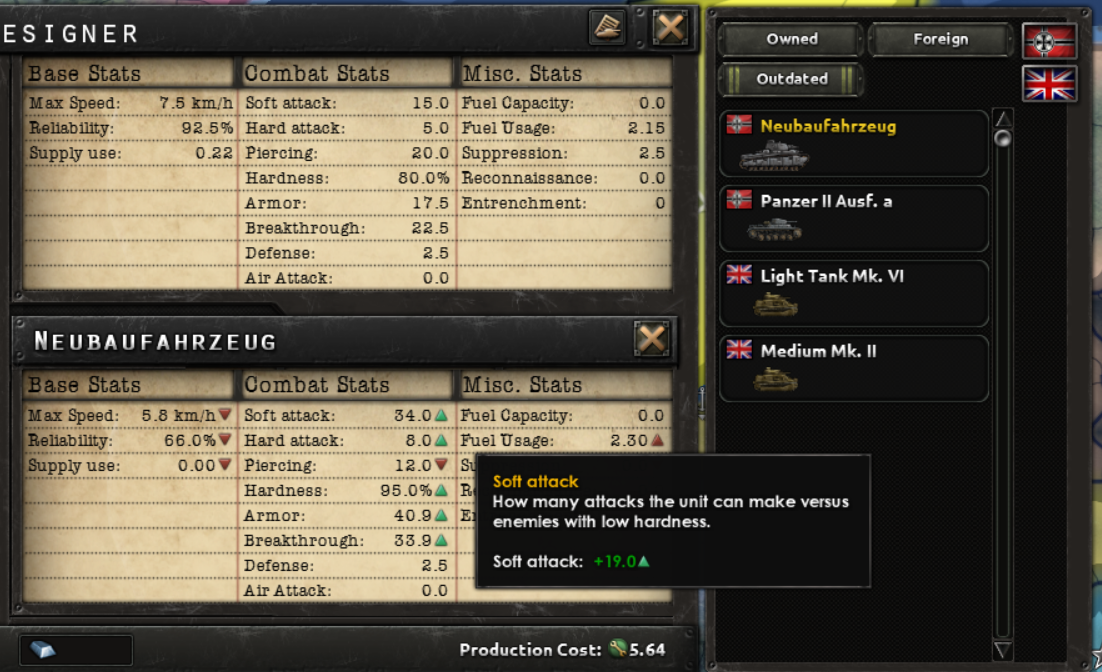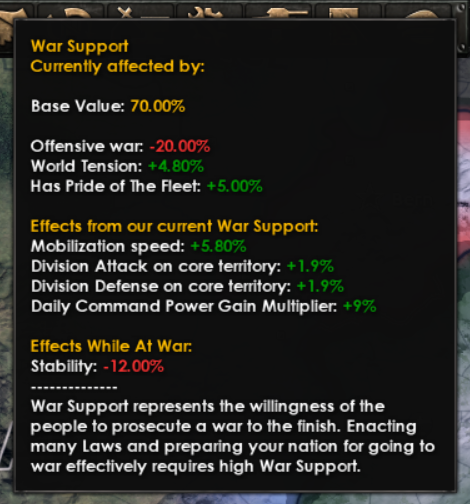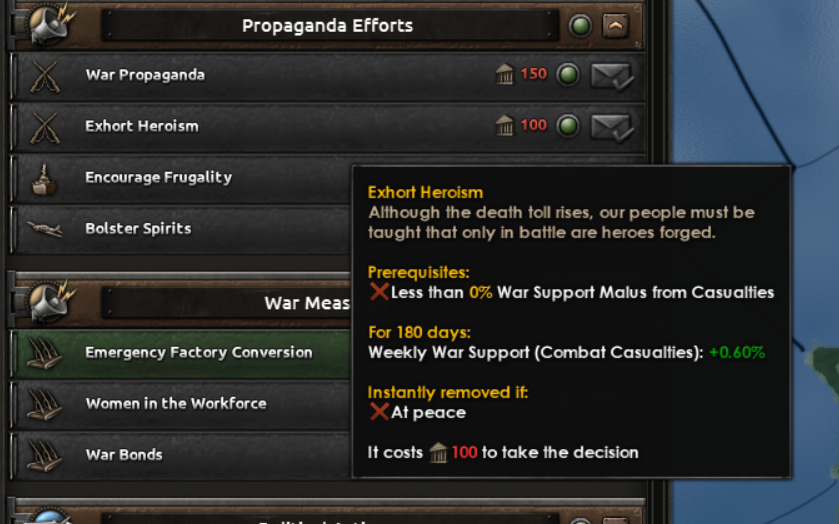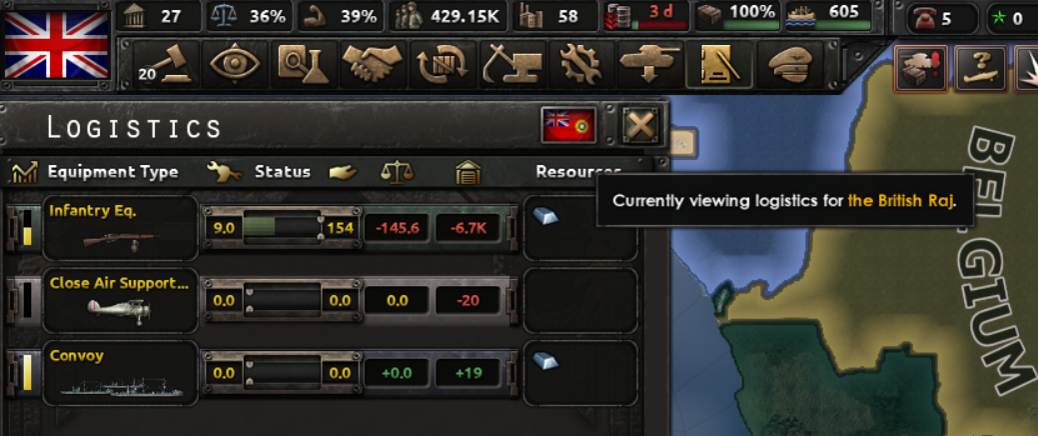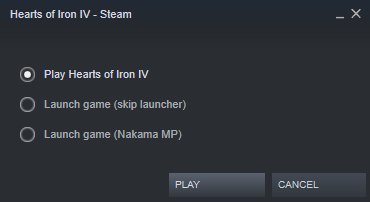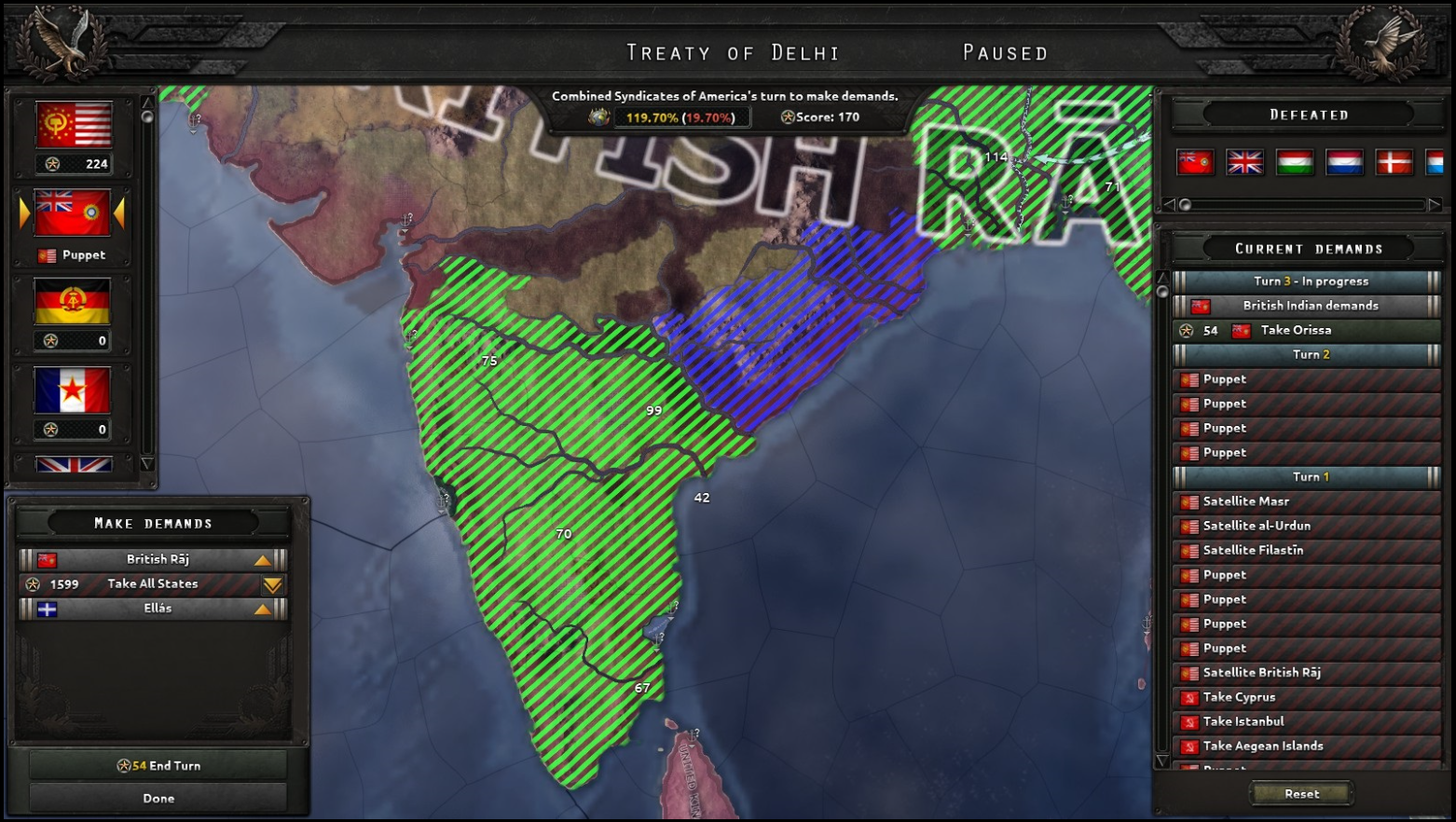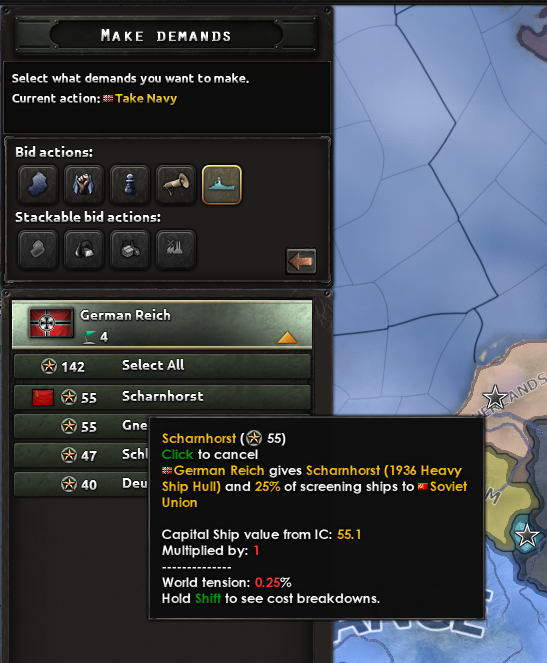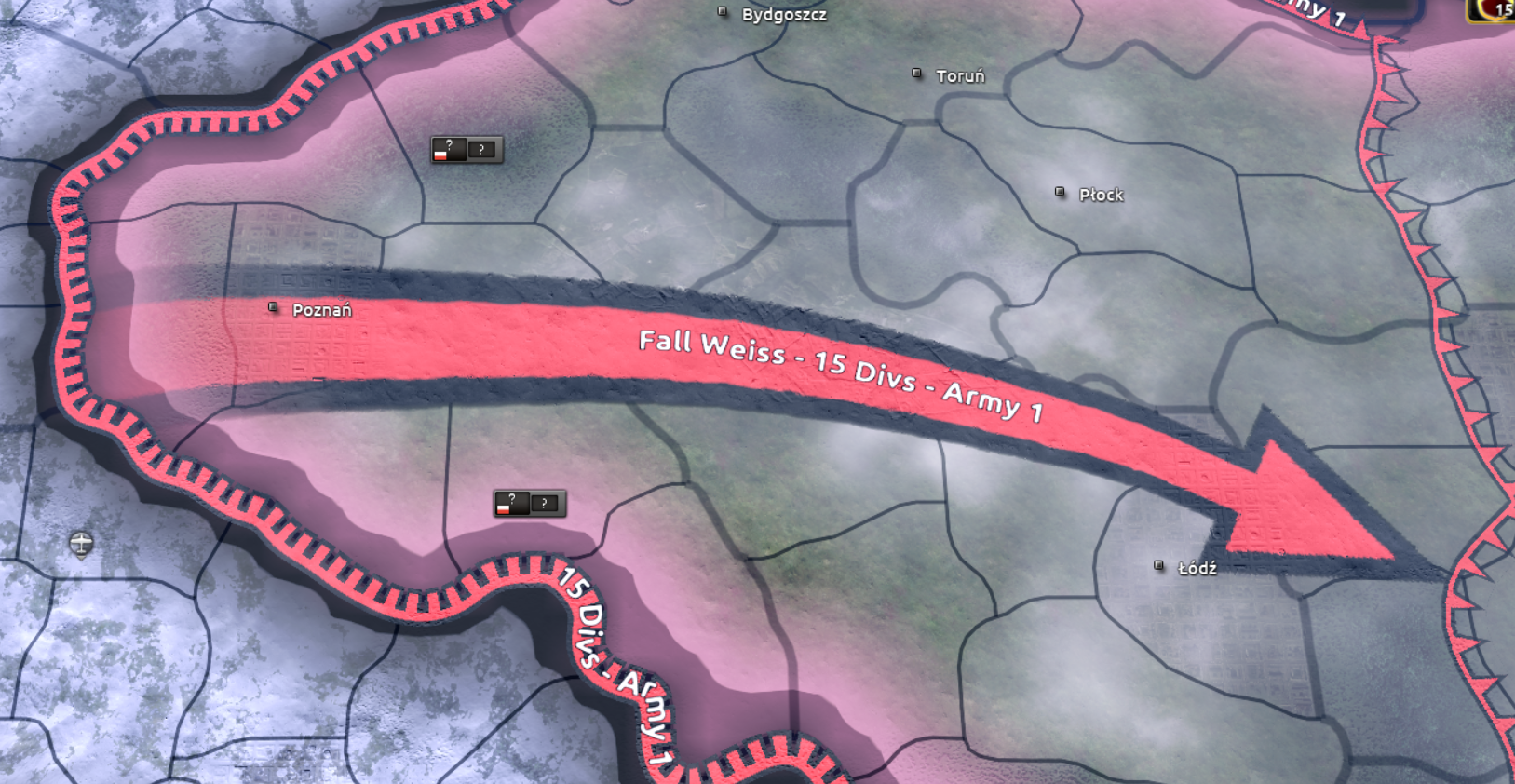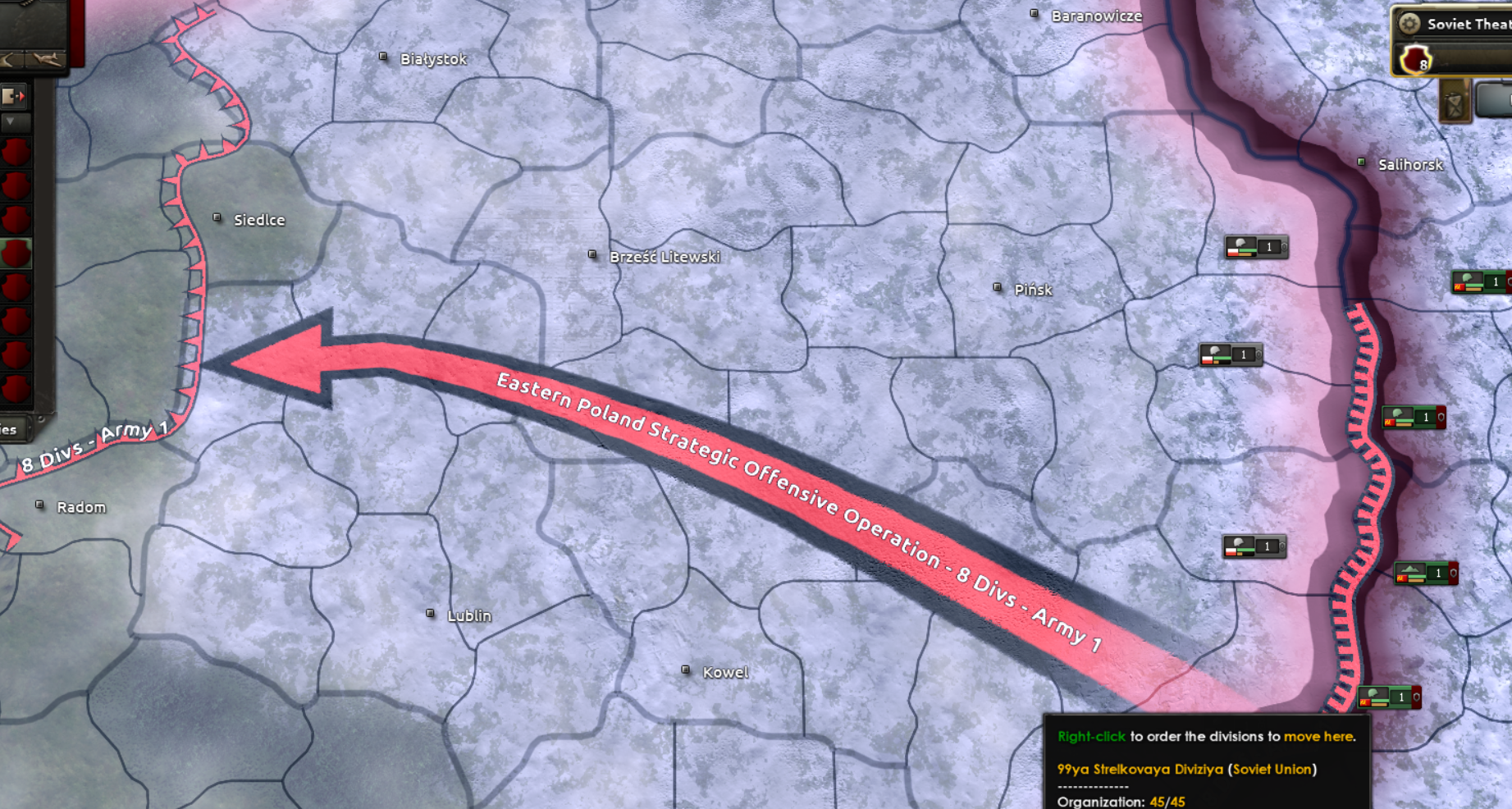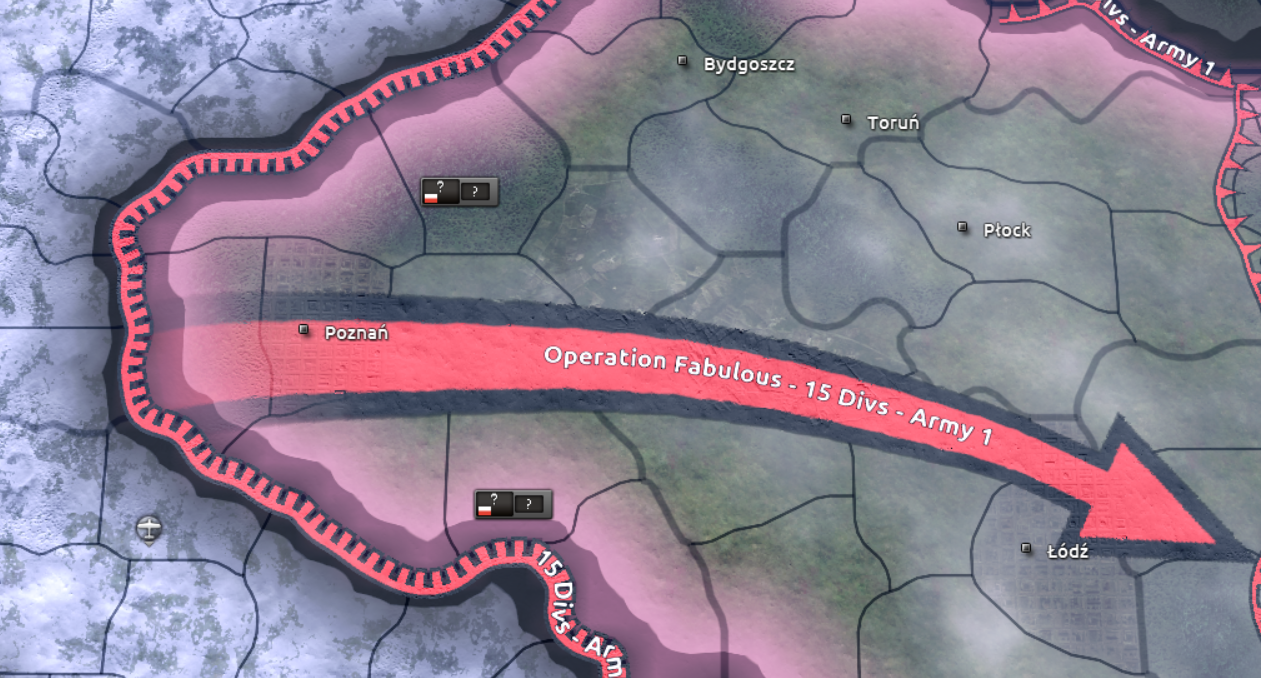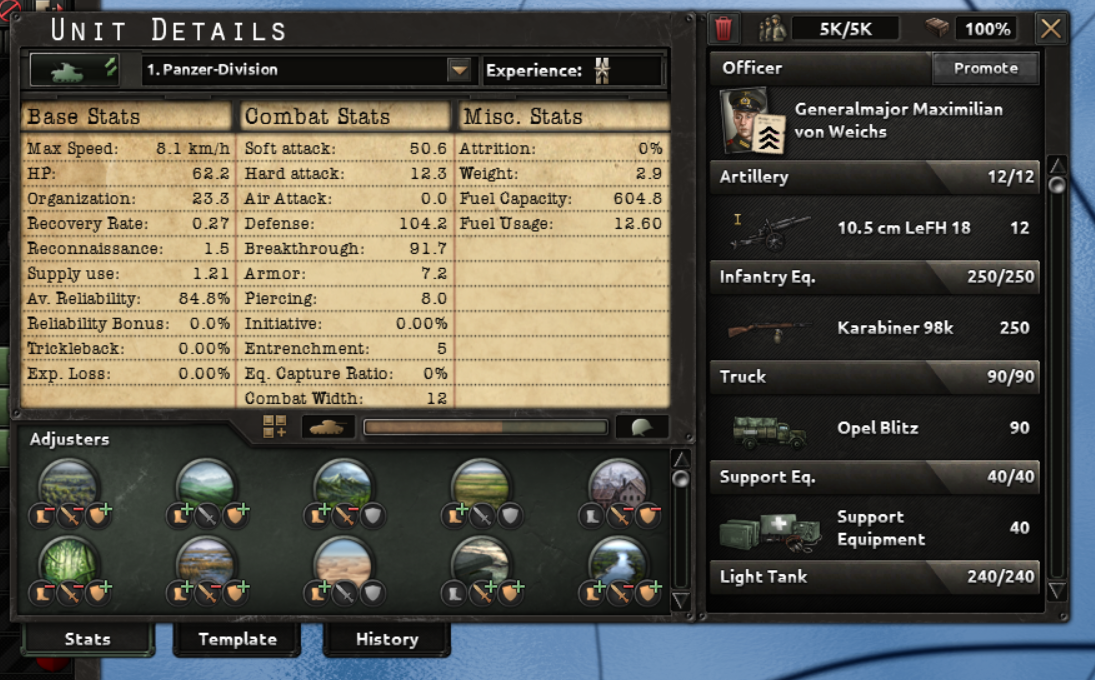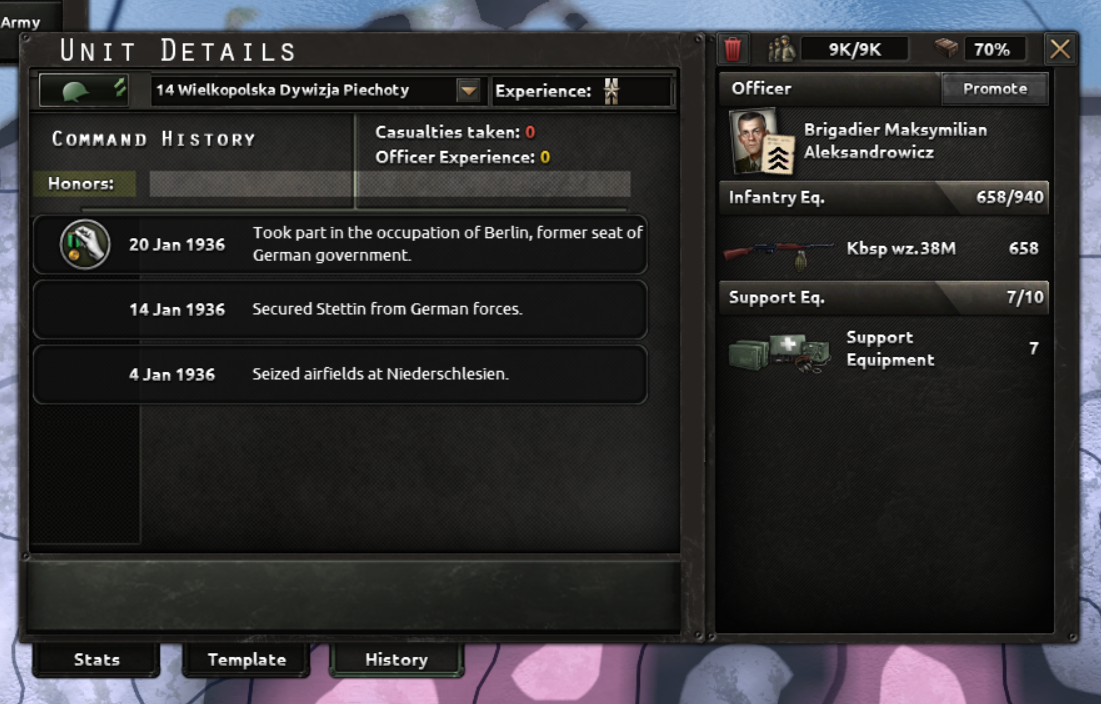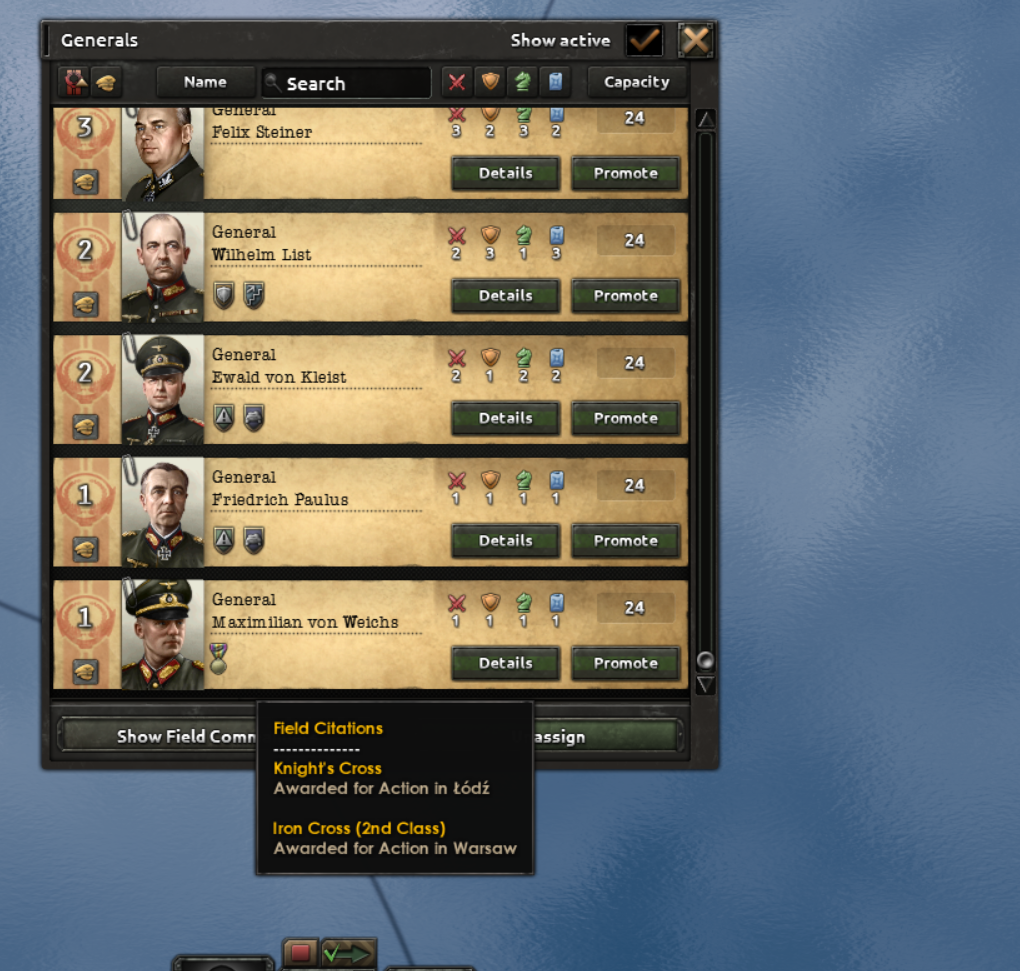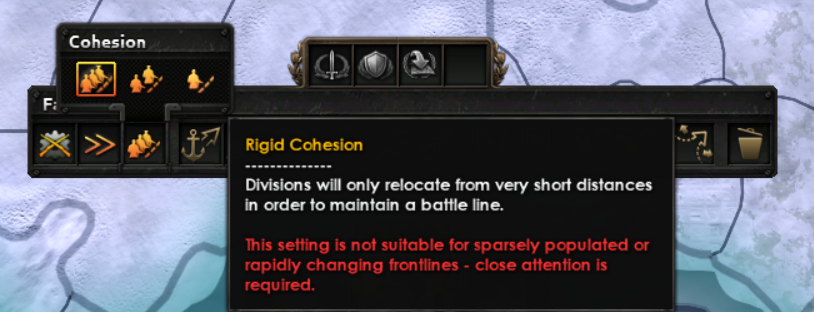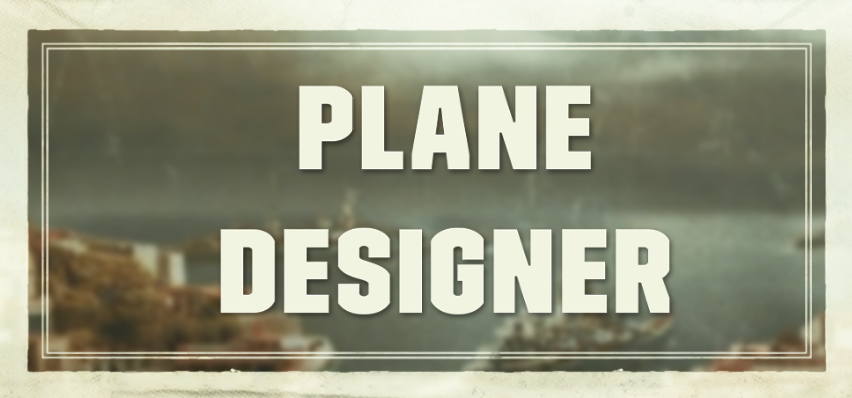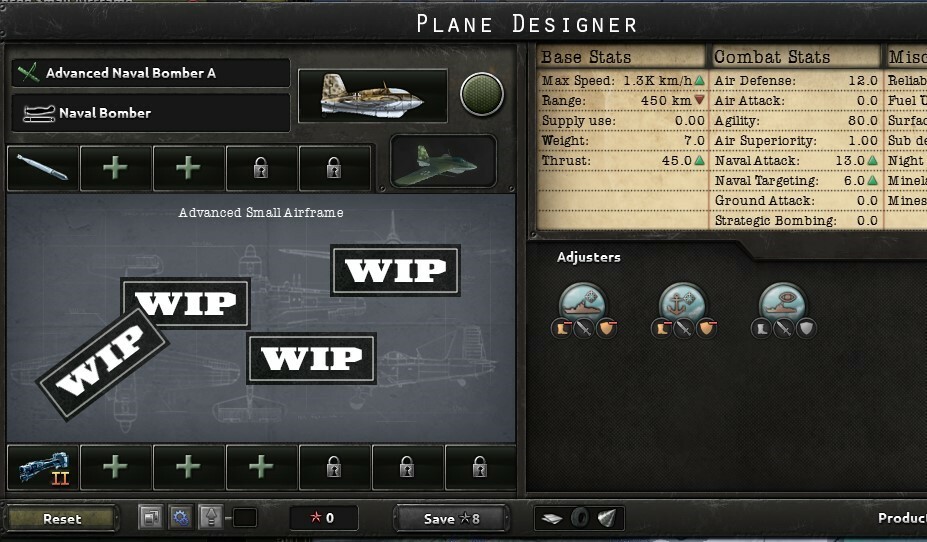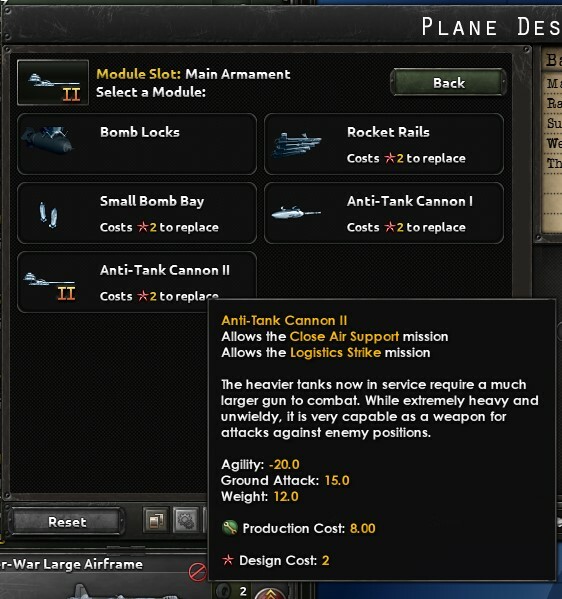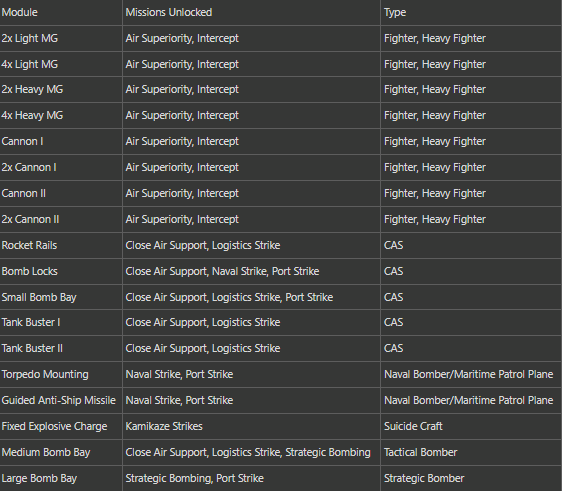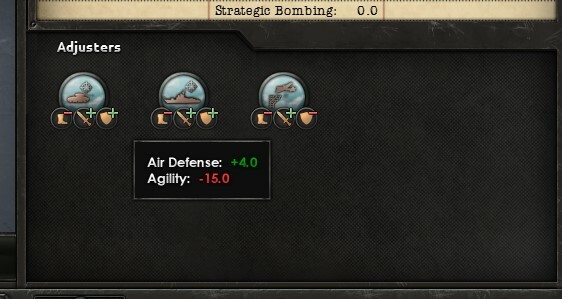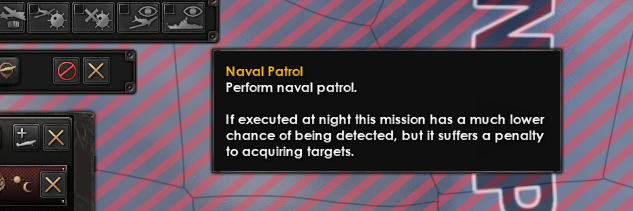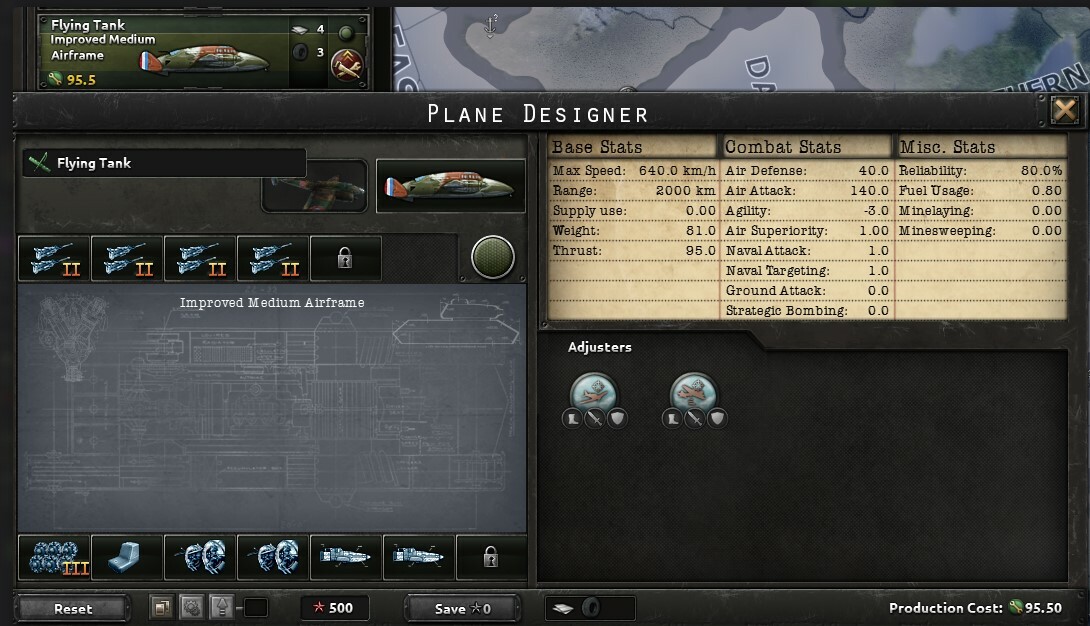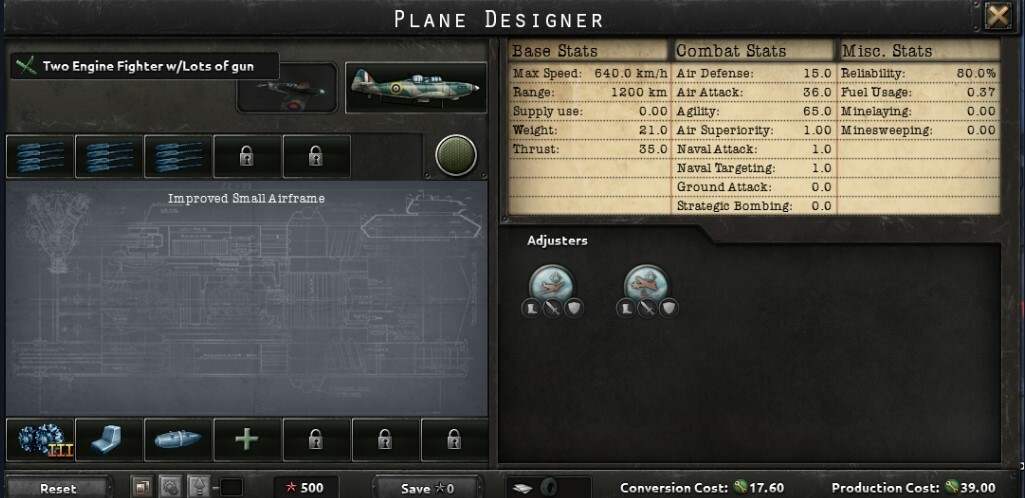
Hearts of Iron IV - PDX Katten
Today we go to the drawing board and the planning table as we take a look at the
Divisional Command changes as well as the Plane designer with Peter Nicholson and
Gabriel Blum.
Click Here to watch the Features Highlights #3
Pre-Order By Blood Alone today: https://pdxint.at/ByBloodAloneSteam
---------------------------------
Follow us on social media:
Twitter - https://pdxint.at/HOITwitter
Facebook - https://pdxint.at/HOIFB
IG - https://pdxint.at/HOIIG
Discord - https://pdxint.at/HOIDiscord
Forum - https://pdxint.at/HOIForum
Steam - https://pdxint.at/HOISteamCommunity
---------------------------------
Paradox on YouTube:
---------------------------------
ParadoxInteractive - http://youtube.com/ParadoxInteractive
Trailers, Feature Breakdowns, Dev Diaries, and more.
Paradox Grand Strategy - http://youtube.com/ParadoxGrandStrategy
Gameplay of our Grand Strategy Games. CK3, EU4 and HOI4.

Divisional Command changes as well as the Plane designer with Peter Nicholson and
Gabriel Blum.
Click Here to watch the Features Highlights #3
Pre-Order By Blood Alone today: https://pdxint.at/ByBloodAloneSteam
---------------------------------
Follow us on social media:
Twitter - https://pdxint.at/HOITwitter
Facebook - https://pdxint.at/HOIFB
IG - https://pdxint.at/HOIIG
Discord - https://pdxint.at/HOIDiscord
Forum - https://pdxint.at/HOIForum
Steam - https://pdxint.at/HOISteamCommunity
---------------------------------
Paradox on YouTube:
---------------------------------
ParadoxInteractive - http://youtube.com/ParadoxInteractive
Trailers, Feature Breakdowns, Dev Diaries, and more.
Paradox Grand Strategy - http://youtube.com/ParadoxGrandStrategy
Gameplay of our Grand Strategy Games. CK3, EU4 and HOI4.





